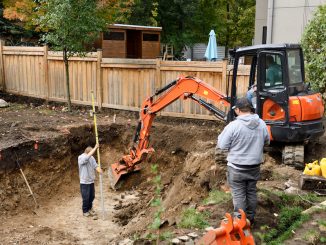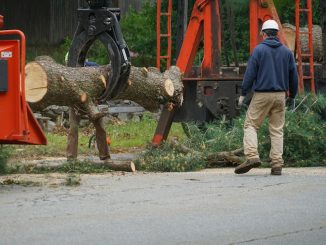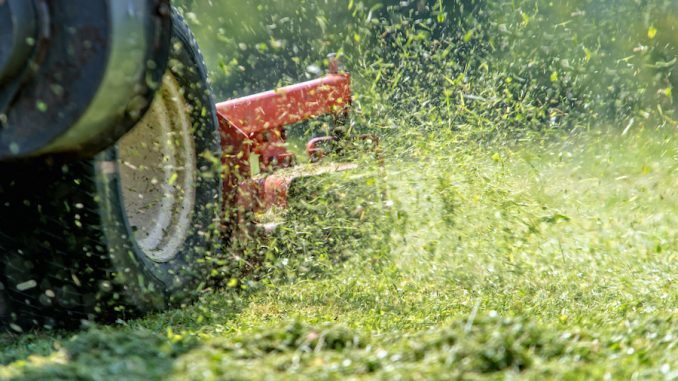
View the complete article here.
If you’ve decided to get started in the landscaping business, you’ll need to decide which mower is best for business. For you crazy kids who enjoy mowing their own lawn, you may be thinking about moving up to a better model. Turns out there’s a lot of choices. In this article we discuss the different types of mowers and what to consider before you buy.
Mower Requirements
When considering which lawn mower to buy you’ll need to first determine whether it’s for personal use or business. A lawn mower that will be used all day, every day will need to be sturdier than one for personal use. Other requirements include:
Lawn Size
The size of your lawn is directly related to the time it will take to mow it. There are parts of the lawn mower that can reduce that time. For example, a larger mower deck allows you to cut more grass in a single pass.
Lawn Landscape
Obviously, the easiest lawn to mow has a perimeter of straight lines and is flat. But a beautiful lawn usually has gardens and may have retaining walls. A lawn that has many trees with a curvy perimeter is also attractive. But all those obstacles – walls, curves, trees, slopes, hills – take time to mow around (and then to edge around).
User Strength
Don’t forget that you need to consider who will be using the mower. For example, a push mower requires a lot of upper body strength. This may not be appropriate for someone who is, shall we say, less athletic.
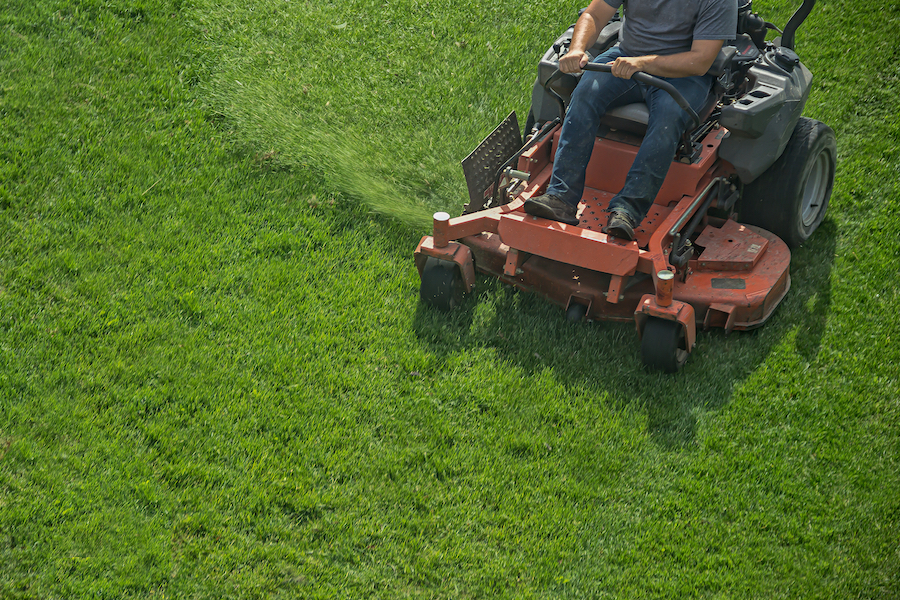
Types of Lawn Mowers
There are generally three categories of mowers: walk mowers, rider mowers, and robotic mowers.
Walk Mowers
Also known as push mowers, walk mowers include:
Cylinder/Reel
A cylinder (also called a “reel”) mower will give your lawn a manicured look. It works well with softer grasses and flat, smooth terrain. The blades are attached to a central axle. As the reel spins, the motion produces an updraft that pushes the blades of grass up so they can be cut. Kind of like giving your lawn a hair cut with a pair of scissors.
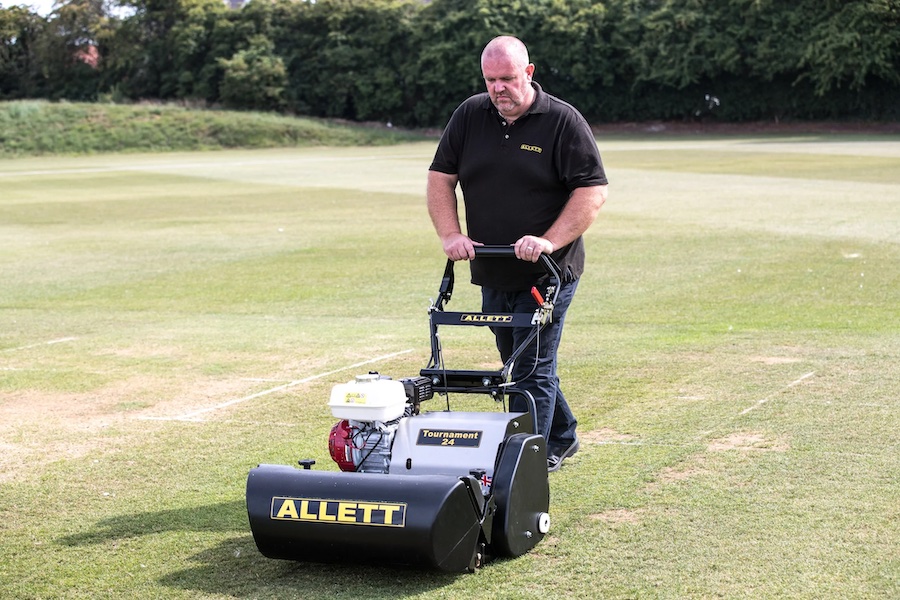
Rotary
A rotary mower is similar to a cylinder mower. However, it’s a rougher cut – like hacking the blades of grass with a machete. Unlike a cylinder mower, it can handle sturdier types of grass and even small twigs.
Self-Propelled
A self-propelled mower has a transmission to push itself forward. You provide the steering.
Hover
A hover mower creates a cushion of air between the grass and the cutting blades. Since they are riding on air, it makes it easier to maneuver.
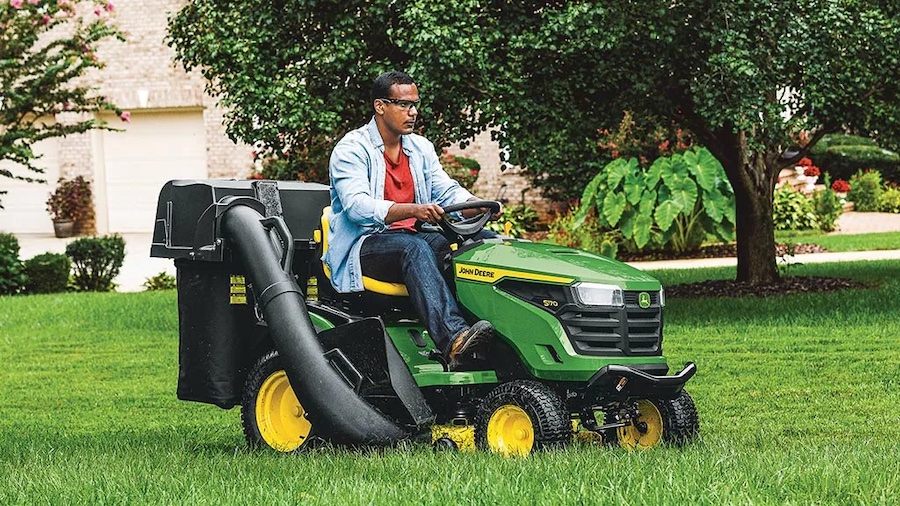
Rider Mowers
There are several different types of rider mowers, including:
Lawn Tractor
Lawn tractors have very large deck widths typically between 42 and 54 inches. They are meant for large lawns. In fact, to determine the maximum size lawn this type of mower can handle, divide its deck width by 12. So, a lawn tractor with a 54-inch deck can mow a property up to 4.5 acres. Engine size is generally 18 to 25 HP with single or twin cylinders. A lawn tractor is often the more economical choice for large lawns. Unfortunately, they don’t turn easily, and you can’t get them close to obstacles. So be prepared to whip out your edger.
Zero-Turn
Zero-turn mowers offer the greatest maneuverability of all the mower types. They cut a lot of grass in short order. You can get them real close to garden edges and other obstacles. The steering – which you control with lap bars in the front seat – allows you to easily handle irregularly-shaped lawns. Unlike other mowers, they can readily make sharp turns. Deck widths and horsepower (hp) varies between models. Zero-turn mowers are appropriate for lawns over three acres.
Rear-Engine
Rear-engine ride-on mowers work well for lawns that aren’t huge – but are big enough to make you not want to walk it. The engine is located at the back of the mower, underneath the seat. You typically use a shift-on-the-go hand lever to control them. Deck sizes often range from 30 to 33 inches. They are best for lawns up to two and a half acres.
Robotic Mowers
Robotic mowers have been around since the mid-1990s. Husqvarna started selling the world’s first robotic mower in 1995. The technology has continued to evolve. Today’s robotic mowers can be controlled through your smartphone. Segway’s Navimow uses GPS technology to eliminate the need for perimeter wires.
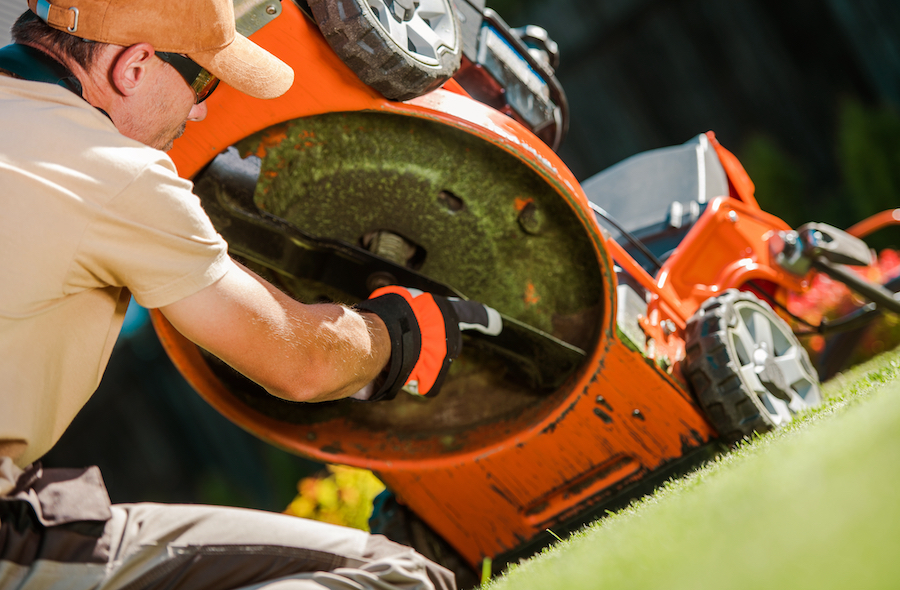
Mower Specs
There are several specifications to consider when shopping for a mower, including:
Mower Size
The size of the mower is in part related to the size of the lawn to be mowed – and the size mower that the person mowing can handle. Obviously, the size of the mower must be able to fit through the smallest part of the lawn. If you’re in the landscaping business, you may need different sized mowers to serve your clients.
Deck Size
The deck is where the cutting blades for the mower are located. The size of the deck corresponds to the blade size. A 46-inch deck has a 46-inch blade. The bigger the deck, the more grass you can cut in one pass, the faster you can mow the lawn.
Speed
Speed varies by model, but generally these types of mowers reach these speeds:
- Push Mowers 3 MPH
- Battery Mowers 5 MPH
- Ride-on Mowers 3-5 MPH
- Zero-Turn Mowers 5-8 MPH
Power Source
A mower can be powered with human muscle, electricity, or fuel.
Manual
A manual mower gets its power from the human pushing it. Unless you can train your dog to do it.
Electric
Electric mowers can be corded or cordless. Both corded and cordless electric mowers have the advantage of not having to deal with transporting gas or changing oil.
Corded
A corded mower may be appropriate for a smaller lawn – since you can only mow as far as the length of the cord. Of course, You can use an extension cord to increase how far you can mow – but the cord can get in the way. Keep in mind that it’s possible to mow over the cord by mistake. Or so we’ve heard.
Cordless
Cordless gives you the freedom to mow without regard to the length a cord. But you have to be aware of how long the battery will remained charged. If it doesn’t take too long to recharge the battery you can take a beer break while you recharge. Or maybe it would be best to stick with water.
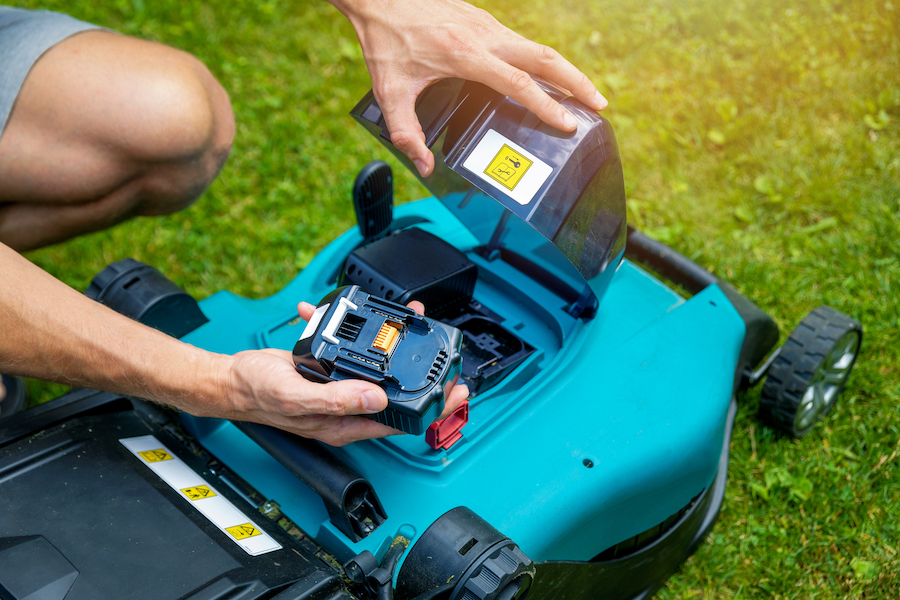
Drive Type
Your mower’s drive type is about which wheels (front, back, or all) propel the mower forward. Each drive type has pros and cons.
Rear Wheel
Rear wheel drive mowers are not the easiest to maneuver. They are challenging to use to mow small lawns or around oddly shaped obstacles – like gardens or retaining walls. But rear wheel drive mowers are great for large lawns and also perform well on rough terrain.
Front Wheel
Front wheel drive mowers maneuver well around awkwardly shaped gardens and other obstacles since they are easier to steer. However, they do not do as well on inclines. So front wheel drive mowers are best for flat lawns with no hills or slopes.
All Wheel
With an all-wheel drive mower, all four wheels move together. This gives your mower greater power and allows it to move faster. However, it doesn’t maneuver as well as a front wheel drive mower.
Accessories
Different types of lawn mower accessories increase your mower’s capabilities. Some accessories are for comfort and convenience.
Aerators (Riding Mowers)
An aerator attachment puts small holes in the ground to allow the air to better circulate. It also allows better absorption of water and fertilizer. This should lead to roots that are stronger and a lawn that appears greener.
Baggers
A bagger is used to collect the grass clippings as you mow. Be aware that they can be bulky to store. You also want to make sure that the bagger is the right size for your mower.
De-Thatcher
A de-thatcher is used to remove matted grass and other debris from your grass. This allows for new growth.
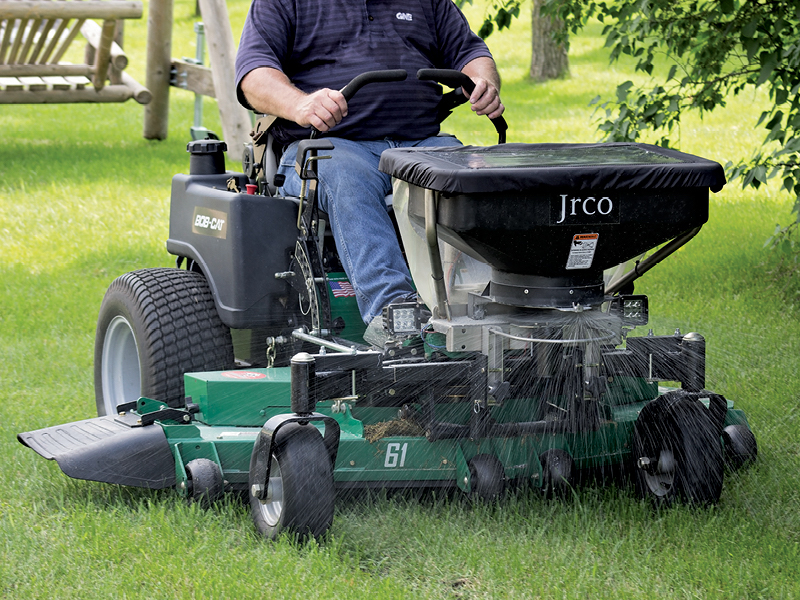
Spreader
A spreader mower attachment is used to spread seeds and fertilizer. A must-have if you are caring for a large lawn.
Canopy
A canopy attachment can protect you from the sun. Given that over three million Americans are diagnosed with skin cancer each year, it makes sense to use a canopy – and high SPF lotion – to protect yourself.
Conclusion
There is a mower out there for everyone. From the home gardener to the professional landscaper – to a person just looking for a good workout. Take the time to think through your requirements. The biggest, baddest mower may be too much for you to handle – or afford. Consider the size of your lawn, obstacles and slopes you need to maneuver around, and the strength of the person doing the work.
View the complete article here.
What considerations should I keep in mind when choosing a mower for my lawn care business?
When selecting a mower for a lawn care business, consider factors such as lawn size, landscape complexity, user strength, and the type of mower (walk, ride, or robotic) that suits your specific business needs.
What are the key specifications to look for when shopping for a lawn mower, and how do they impact performance?
Key mower specifications include size, deck size, speed, power source (manual, electric, or fuel), and drive type (rear-wheel, front-wheel, or all-wheel). These specifications impact factors like mowing efficiency, maneuverability, and suitability for different lawn types.







































